|
This Roseate Tern was photographed on Great Gull Island with the hand held Canon 300mm f/2.8 L IS II lens, the 1.4X III TC, and the Canon EOS-1D X. ISO 400. Evaluative metering +2/3 stop: 1/2500 sec. at f/6.3 in Manual mode. Central Sensor/AI Servo Surround/Rear Focus active at the moment of exposure. Click here if you missed the Rear Focus Tutorial. Click on the image to enjoy a larger, more spectacular version. Image #1. |
Which One?
In the June 18th blog post, Which One?, I asked which of the two images had undergone major reconstructive Photoshop surgery. I was glad that nobody saw anything obvious. In this blog post I share the two original images with you.
|
This is original for Image #1. |
Image #1 Original
As you can see by comparing the original and the optimized images, I eliminated a second tern that was just behind the subject. Then a decent crop. As the original was so sharp and 1D X image quality is so good, the image quality of the optimized (cropped version) held up just fine. I like this image a lot. I used the Clone Stamp Tool to remove the extra bird. As it the result was somewhat lacking texture I grabbed the repaired area with the Patch Tool to smooth out the edges and add texture. That worked perfectly. I often use a combination of the Clone Stamp Tool, the Patch Tool, and a Quick Mask or two (often with a Layer Mask added) for image clean-up and repairs.
All of the above of course as described in detail in Digital Basics File, an instructional PDF that is sent via e-mail. It includes my complete digital workflow, dozens of great Photoshop tips including Digital Eye Doctor techniques, several different ways of expanding canvas, all of my time-saving Keyboard Shortcuts, and Quick Masking, Layer Masking and NIK Color Efex Pro basics.
|
This Roseate Tern was also photographed on Great Gull Island with the hand held Canon 300mm f/2.8 L IS II lens, the 1.4X III TC, and the Canon EOS-1D X. ISO 800. Evaluative metering +1 2/3 stops off the grey sky: 1/2500 sec. at f/5.6 in Manual mode. Central Sensor/AI Servo Surround/Rear Focus active at the moment of exposure. Click here if you missed the Rear Focus Tutorial. Click on the image to enjoy a larger, more spectacular version. Image #2. |
Your favorite?
Next I asked which was your favorite image. Most folks liked both Roseate Tern flight shots but preferred Image #2. Image #2 was my favorite also. The folks who left comments gave lots of good reasons. I liked #2 because of the soft light and the beautiful look at the fanned tail. I am OK with the head angle but wish that the bird were looking back at the viewer just a bit more.
|
This is the original capture for Image #2. |
Image #2 Original
Obviously this is the image that underwent major Photoshop reconstructive surgery. Smoothing out the background behind the subject was relatively straightforward. I used the Clone Stamp Tool at 60% opacity. I used techniques from APTATS II to re-position the bird in the frame. That too was straightforward. I used advanced Quick Masking techniques from APTATS I to replace second primary. I tried but failed to do the same thing by using the tip of the first primary of the far wing to add the missing primary tip of the near wing. So I wound up building it with the Clone Stamp Tool. The surrounding sky was blotchy so I covered that with a Quick Mask of the sky and then fine-tuned that by adding a Layer Mask. All in all I struggled for more than an hour with the repair.
I guess that I did OK as nobody saw nothin’. Again, had I noted in advance that I repaired the clipped near wingtip folks would have have been on my like flies on honey with their “evidence.”
Again, pretty much all of the techniques that I used are detailed in Digital Basics File, an instructional PDF that is sent via e-mail. It includes my complete digital workflow, dozens of great Photoshop tips including Digital Eye Doctor techniques, several different ways of expanding canvas, all of my time-saving Keyboard Shortcuts, and Quick Masking, Layer Masking and NIK Color Efex Pro basics.
|
Images copyright 2012: Denise Ippoltio & Arthur Morris. Card design by Denise Ippolito. Click on the image to enjoy a spectacular larger version. |
Holland 2014 7 1/2-Day/8-Night: A Creative Adventure/BIRDS AS ART/Tulips & A Touch of Holland IPT. April 17-April 24, 2014 :$4995 Limit: 12 photographers/Openings 9
This trip needs 8 registrants to run so please do not purchase your plane tickets until you hear from us; right now we need 5 more folks.
Join Denise Ippolito, Flower Queen and the author of “Bloomin’ Ideas,” BPN Photo Gear Moderator, former Nikon shooter, and technical expert Peter Kes, and Arthur Morris, Canon Explorer of Light and one of the planet’s premier photographic educators for a great trip to Holland in mid-April 2014. Day 1 of the IPT will be April 17, 2014. We will have a short afternoon get-together and then our first photographic session at the justly-famed Keukenhof. Peter who is originally from Holland, will be our local guide/interpreter/driver. Most days we will return to the hotel for lunch, image sharing and a break. On Day 8, April 24, we will enjoy both morning and afternoon photography sessions.
The primary subjects will be tulips and orchids at Keukenhof and the spectacularly amazing tulip, hyacinth, and daffodil bulb fields around Lisse. In addition we will spend one full day in Amsterdam. There will be optional visits the Van Gogh Museum in the morning and the Anne Frank House in the afternoon; there will be plenty of time for street photography as well. And some great food. On another day we will have a wonderful early dinner at Kinderdijk and then head out with our gear to photograph the windmills and possibly some birds for those who bring their longs lenses. We will spend an afternoon in the lovely Dutch town of Edam where we will do some street photography and enjoy a superb dinner. All lodging, ground transportation, entry fees, and meals (from dinner on Day 1 through dinner on Day 8) are included.
For those who will be bringing a big lens we will likely have an optional bird photography afternoon or two or possibly three. The big attraction should be gorgeous Purple Herons in flight at a breeding marsh. We would be photographing them from the roadside. And we might be able to find a few Great-crested Grebes at a location near Keukenhof.
Click here for complete details and some previously unpublished images. And/or click here and see item one for lots more tulip photos and complete trip details.
|
Images courtesy of and copyright 2012: Bill Mueller. Card design by Denise Ippolito. |
Old Car City Creative Photography In-the-Field HDR Workshop: Sunday, October 13, 2013/ 9am till 1pm.
White, Georgia: $250 plus a $15 entrance fee donation (cash only on the day of the event) that will go to charity. Limit: 16 photographers.
On October 13, 2013, Arthur Morris/BIRDS AS ART and Denise Ippolito/A Creative Adventure will be conducting an In-the-Field HDR Workshop at Old Car City in White, Georgia. Old Car City is about an hour north of Atlanta, GA and an hour south of Chattanooga, TN where they will, as noted above, be doing a full day seminar for the Photographic Society of Chattanooga on Saturday, October 12th. Click here for complete details.
Typos
On all blog posts, feel free to e-mail or leave a comment regarding any typos, wrong words, misspellings, omissions, or grammatical errors. Just be right. 🙂
Support the BAA Blog. Support the BAA Bulletins: Shop B&H here!
We want and need to keep providing you with the latest free information, photography and Photoshop lessons, and all manner of related information. Show your appreciation by making your purchases immediately after clicking on any of our B&H or Amazon Affiliate links in this blog post. Remember, B&H ain’t just photography!




Support the Blog


Amazon
Everyone buys something from Amazon, be it a big lens or deodorant. Support the blog by starting your search by typing in the little white box below. No purchase is too small to be appreciated; they all add up. Why make it a habit? Because I make it a habit of bringing you new images and information on an almost daily basis.
And from the BAA On-line Store:
LensCoats. I have a LensCoat on each of my big lenses to protect them from nicks and thus increase their re-sales value. All my big lens LensCoat stuff is in Hardwood Snow pattern.
LegCoat Tripod Leg Covers. I have four tripods active and each has a Hardwood Snow LegCoat on it to help prevent further damage to my tender shoulders 🙂 And you will love them in mega-cold weather….
Gitzo GT3532 LS CF Tripod. This one replaces the GT3530LS Tripod and will last you a lifetime. Learn more about this great tripod here.
Mongoose M3.6 Tripod Head. Right now this is the best tripod head around for use with lenses that weigh less than 9 pounds. For heavier lenses, check out the Wimberley V2 head.
Double Bubble Level. You will find one in my camera’s hot shoe whenever I am not using flash.
The Lens Align Mark II. I use the Lens Align Mark II pretty much religiously to micro-adjust all of my gear an average of once a month and always before a major trip. Enjoy our free comprehensive tutorial here.
BreezeBrowser. I do not see how any digital photographer can exist without this program.
Delkin Flash Cards. I use and depend on Delkin compact Flash Cards and card readers most every day. Learn more about their great 700X and 1000X cards here or about my favorite Delkin card here.

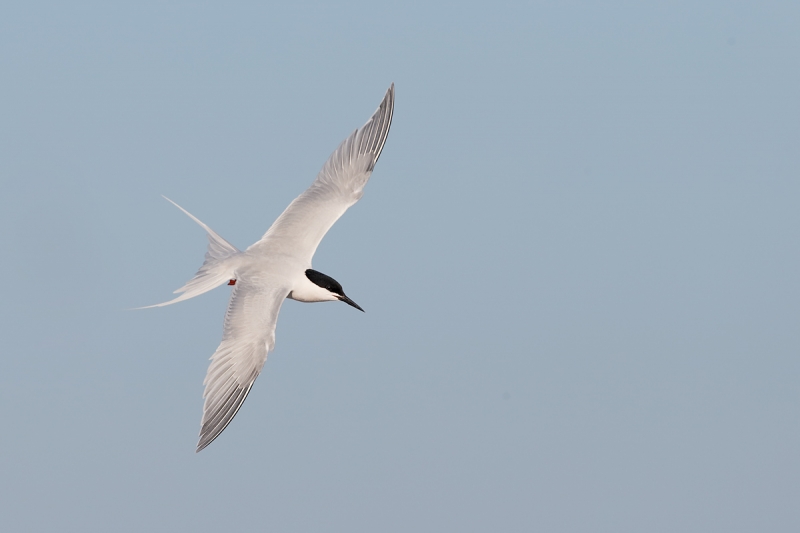
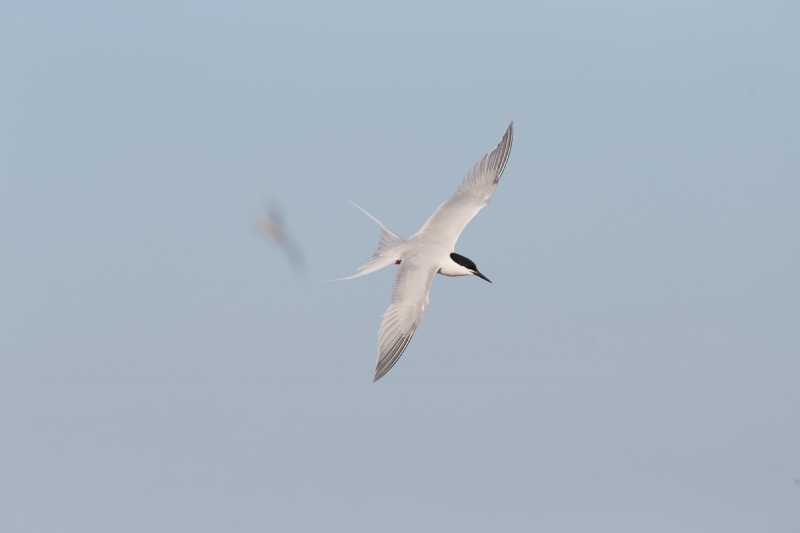
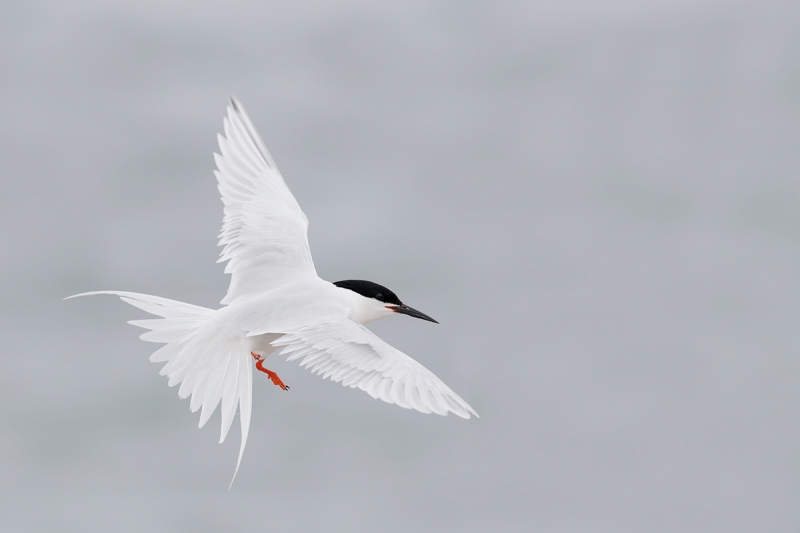
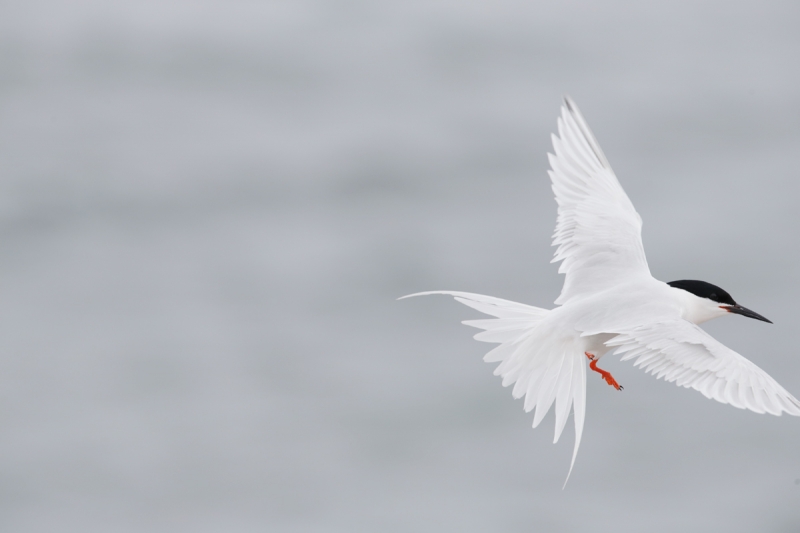
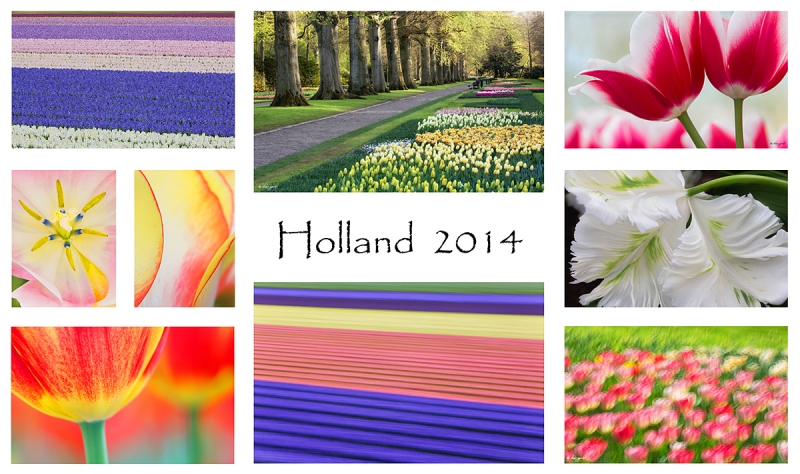
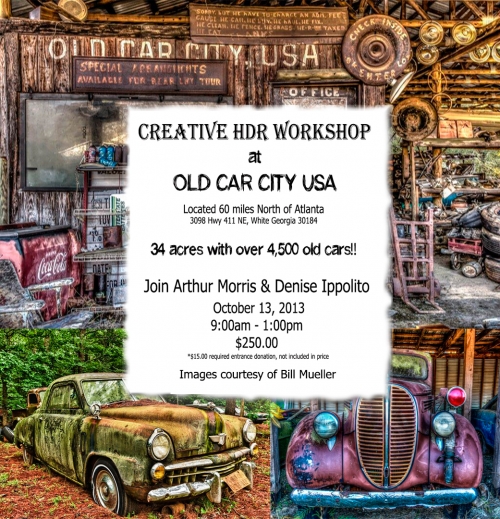













On the day you published this article I was in Marathon, Florida, photographing Roseate Terns. There were a couple dozen of them just a bit too far that were interestingly sporting their late breeding red bill with black tip. Many of the birds were banded. About half of the birds had the sense to find respite in the shade under a boardwalk. I have sent an email to Helen Hays with hopes to receive a reply for any additional insight of the banded birds seen.
Thanks Bob. I know that Helen would love to receive JPEGs of any banded Roseates. Birds of this species with half red bills in June may be Caribbean birds.
Helen has made an initial reply advising that she is extremely busy, but noted that she will get back to me. Thank you, Artie, for noting that the terns observed are possibly Caribbean. That makes sense as a target species on the way back home was Cuban Yellow Warbler at the Card Sound Toll Booth. The biting flies there were relentless, so no warbler seen.
YAW. I strive to have the optimized image accurately reflect the natural history or what was going on when I pressed the shutter button. On rare occasion I am not able to do thatso I will replace an eye or a head or a wing or otherwise combine two images. When we do that we always let folks know. I almost never introduce anything that was not there at the moment….
Interesting and thanks for this. Although you’ve changed the compositions and backgrounds, you haven’t changed anything fundamental about the birds themselves. I’ve seen you remove bands from birds’ legs digitally, and you do enhance their eyes, but to my knowledge and memory you don’t change their head angles or wing positions or other aspects of the birds themselves. Is that a conscious line for you not to cross?